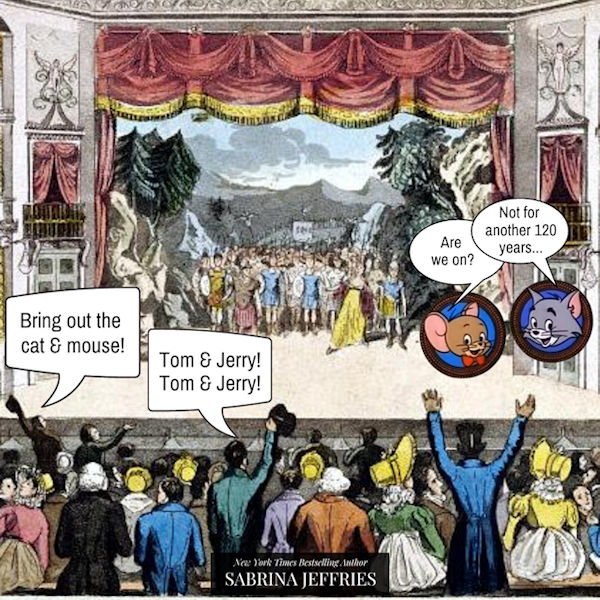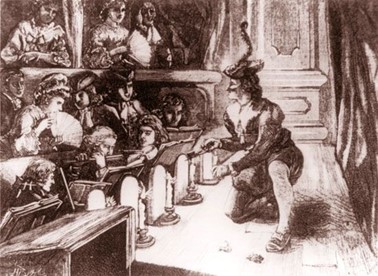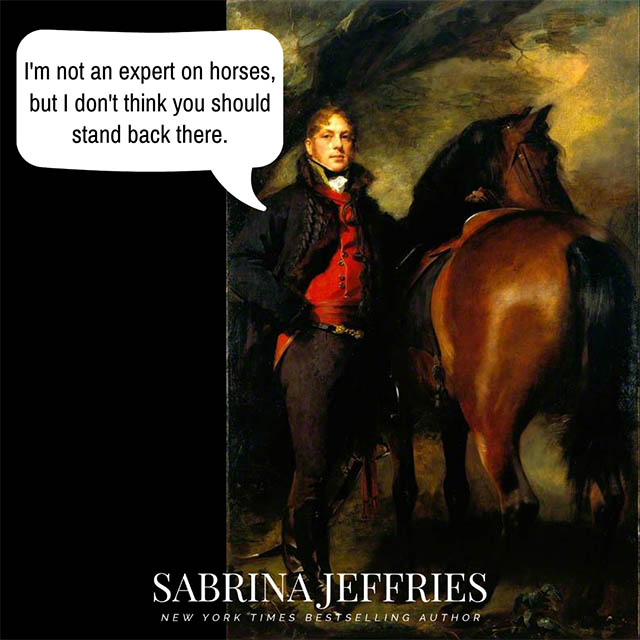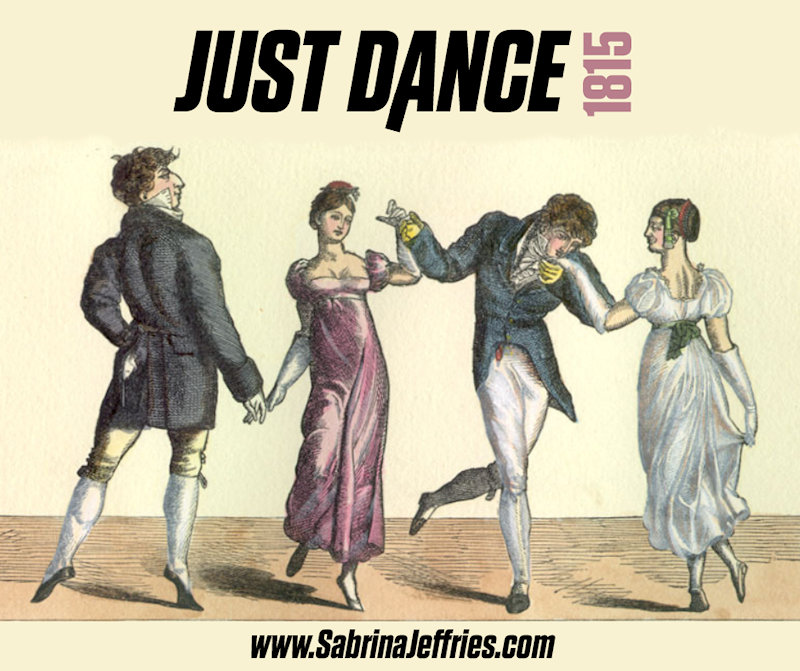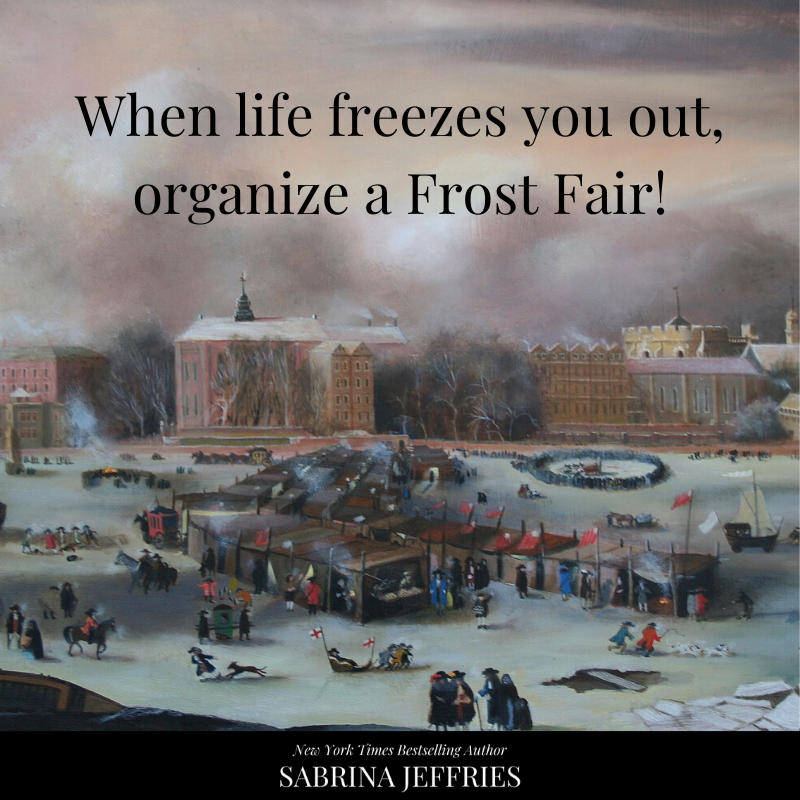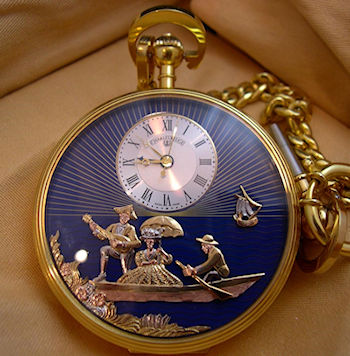Glass Harp
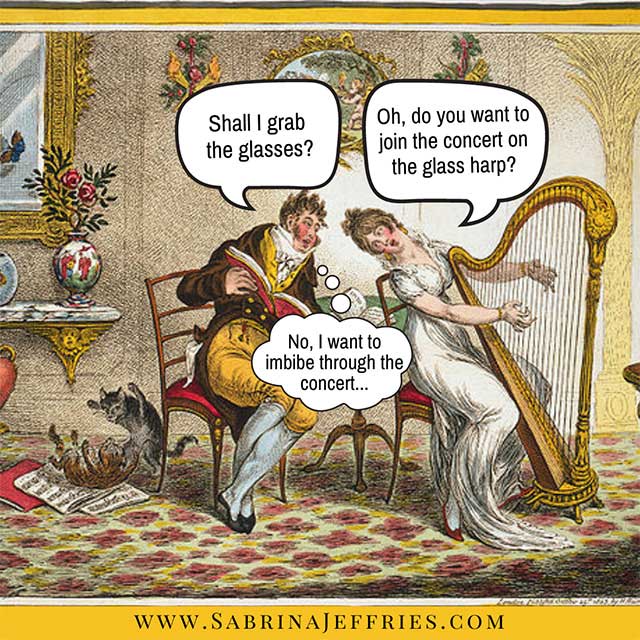
Here’s a fun addition to my A Yuletide Kiss story. To enhance the Christmas Eve celebration at the inn where he and the others are snowbound, Juncker plays an angelic organ, also known as a glass harp. The instrument was well-known by the time of the Regency, and consisted of several glasses (Juncker uses wine glasses) filled to different heights, so that when the harpist wets his finger and rubs it around the rims of the various glasses, it makes music (angelic music, I gather). Interestingly enough, the Brit who first mastered the instrument—an Irishman named Richard Pockrich—played his with sticks, which I would imagine created a slightly different sound. He played Handel’s “Water Music” on it (pun intended, ha ha)! Juncker settles for using his fingers. He doesn’t know how to put the sounds together to play actual songs, but he figures the melodious, random ringing will add to the festive air. And it does!


